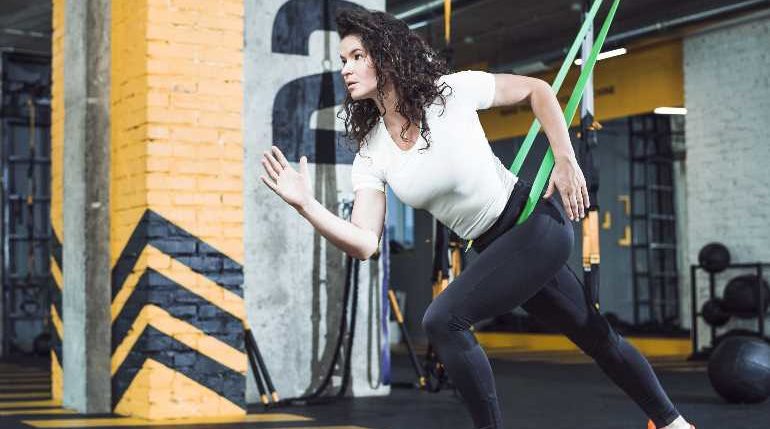
Strength and endurance resistance conditioning are usually done with your own body weight, machines and free weights. Specific resistance conditioning exercises require correct attention to right alignment, correct posture and the right speed of workout, proper breathing techniques and stretching exercises. Personal trainers must be familiar with different methods of resistance training using machines, free weights and your own body weight. Different types of resistance training exercises using state-of-the-art weight training machines are available. Free weight exercises using dumbbells and barbells provide a far greater range of motion than machines and more variety of motion but are more difficult to control to maintain good form and posture and body alignment in the performance of the exercise especially for beginners who want to start working out in their homes without having access to machines. However do note that incorporating machines and free weight resistance exercises in a training program provides a client with more variety and allows for more options when working out. As a rule, we generally take the client’s interest levels, enthusiasm and budgetary goals into consideration when selecting the mode of resistance exercises.
For attaining overall peak fitness levels, contrary to popular belief, a gym or a home gym is not an absolute must. One can develop an enviable physique using just free weights, body resistance exercises and other accessories such as fitness bands.
Conducting Workouts: Essential Knowledge and Sequence
All personal trainers must be armed with resistance training know-hows such as the name of the machine, name of the exercise, the major muscles exercised, the correct form, technique body posture, body alignment, speed and number of repetitions for performing a given exercise and the related muscle stretch after performing an exercise. For beginners, our trainers generally incorporate large muscle group and whole body conditioning to build up muscle endurance first before moving on to training for muscle strength. Time is also set aside for core muscle conditioning in order to stabilise the spine, shoulder and hip girdles as these help with energy transfer of the muscles. Listed below are the essentials that go a long way in ensuring a good personal trainer-client relationship. Needless to add, all the personal trainers at Wellintra subscribe to all the below norms and are armed with the right amount of knowledge, skill and execution.
Name of the Machine
A workout machine is usually named after the major muscle groups that the exercise targets and the corresponding action of the exercise – e.g. Lat Pull Down Machine. The main muscle group used is the latissimus dorsi and the exercise action is a pull-down with both both arms that are shoudler width apart in distance. Personal trainers must from time to time check the condition of the machine, associated cables, pulleys, moving parts and upholstery in order to ensure that the machine is in good working condition.
Name of Used Muscle Groups
Machines typically work multi-muscle groups. In the case of the Lat Pull Down machine, the muscle groups worked out are the latissimus dorsi, the deltoids, the triceps and the biceps. Every personal trainer must be able to name the muscles used in every exercise be they free weight or machine exercises.
Correct Body Posture and Alignment
It is important for personal trainers to pay close attention to correct body postures and body alignment in relation to the exercise. This means checking on the position of the body joints of the wrists, neck, shoulder, elbows, hips, and ankles before and throughout the exercise. It is the duty of the personal trainer to reinforce correct posture and ensure that the most vulnerable body parts of a client such as the neck and lower back are always supported. Also where possible the trainer must avoid body postures that raise blood pressure such as overhead presses, decline presses or exercises with a high cost-benefit ratio ( i.e. risk of the exercise is less than the benefit from the exercise).
Safe Range of Motion
The personal trainer must ensure that the client is performing his / her exercise within a safe range of motion. The joints must be flexed and not locked at the end of an exercise so that the joints do not bear the load of shock absorption of performing the workout.
Controlled Speed of Motion
Personal Trainers must ensure that all clients are performing each exercise in a controlled speed and are mastering the speed and rhythm of each exercise.
Breathing
Clients must never hold their breath while performing any resistance training exercise. Personal trainers must cue the timings for a client to breath out on effort (active part of an exercise) and breathe in during the passive part of the exercise. When in doubt, the personal trainer must cue the client to breathe normally and naturally. Holding the breath during resistance training can have dangerous consequences such as blacking out.
Reinforcing Good Form
A personal trainer must keep checking on correct body posture and body alignment, speed and range of motion and breathing of the client during a workout. The trainer must also check with the client at the end of an exercise to ensure that muscles that were workout out were the correct ones. Personal trainers must train the client to focus and concentrate on performing every exercise with the best possible form and technique.
Performing Specific Stretching
At the end of every set, personal trainers must guide a client through a specific muscle stretch for the major muscle group that was exercised. Check stretching posture and body alignment of the stretch, stretching to the point of mild discomfort and holding the stretch for atleast 10 seconds.
Planning for Muscle Balance
A personal trainer must plan for the beginner client performing exercises for each of the major muscle groups such as back, shoulders and chest, front and back of the arms, abs and lower back, front and back of the thighs and calves. A circuit of 8 – 10 exercises is a good beginning for a beginner. A set of 10 – 15 reps per set where one trains equally for muscular strength and muscular endurance is ideal. Recovery intervals for a beginner can be set at anywhere between 1 – 3 minutes between sets. Each set must leave the client close to fatigue with adequate adjustments and refinements over a period of time.
Core Muscle Conditioning
Core muscle conditioning is important for maintaining pain-free lower back strength and for sports performance. The muscles that stabilize and support the spine, hip and shoulder girdles must be targeted. These muscles help in stabilizing the spine and trunk so that forces are appropriately transferred when the muscles contact during a workout. Body weight exercises such as push ups, V-sit ups, lunges, back extensions, hips lifts and squats as well as Yoga and Pilates are good exercise forms for core muscle conditioning. Muscles that must be targeted for core muscle conditioning are the abdominals, erector spinae, gluteal and adductus muscles.
Do not miss a single article!
Submit your email id to get new articles directly into your email inbox!
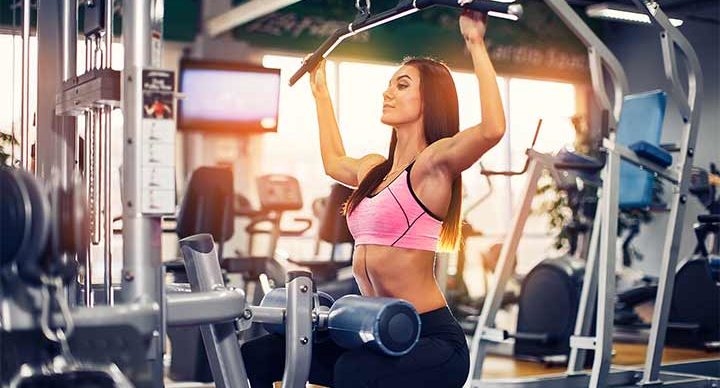
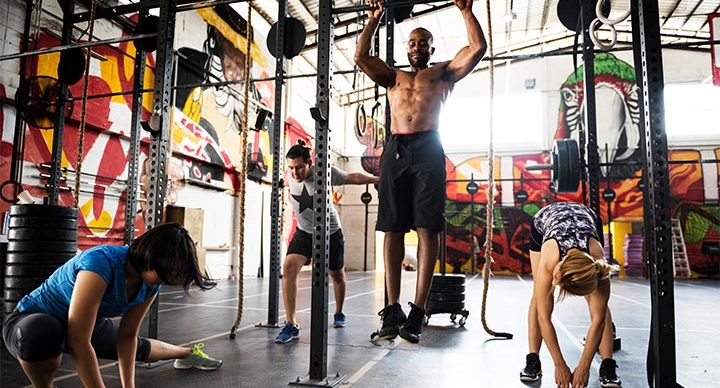
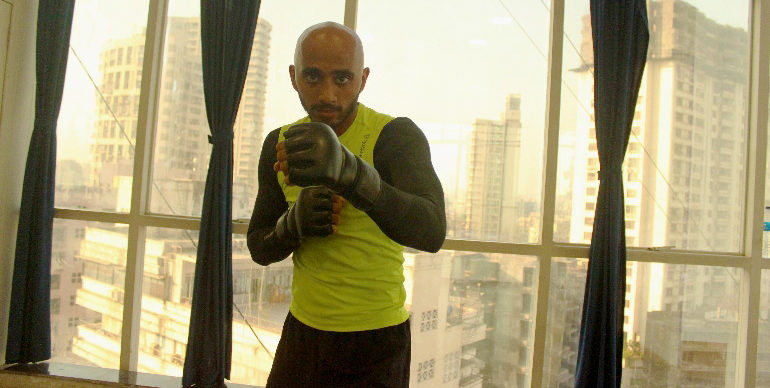
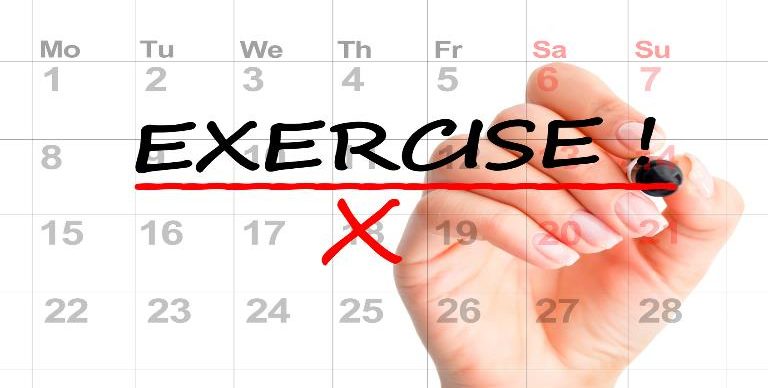
Add Review